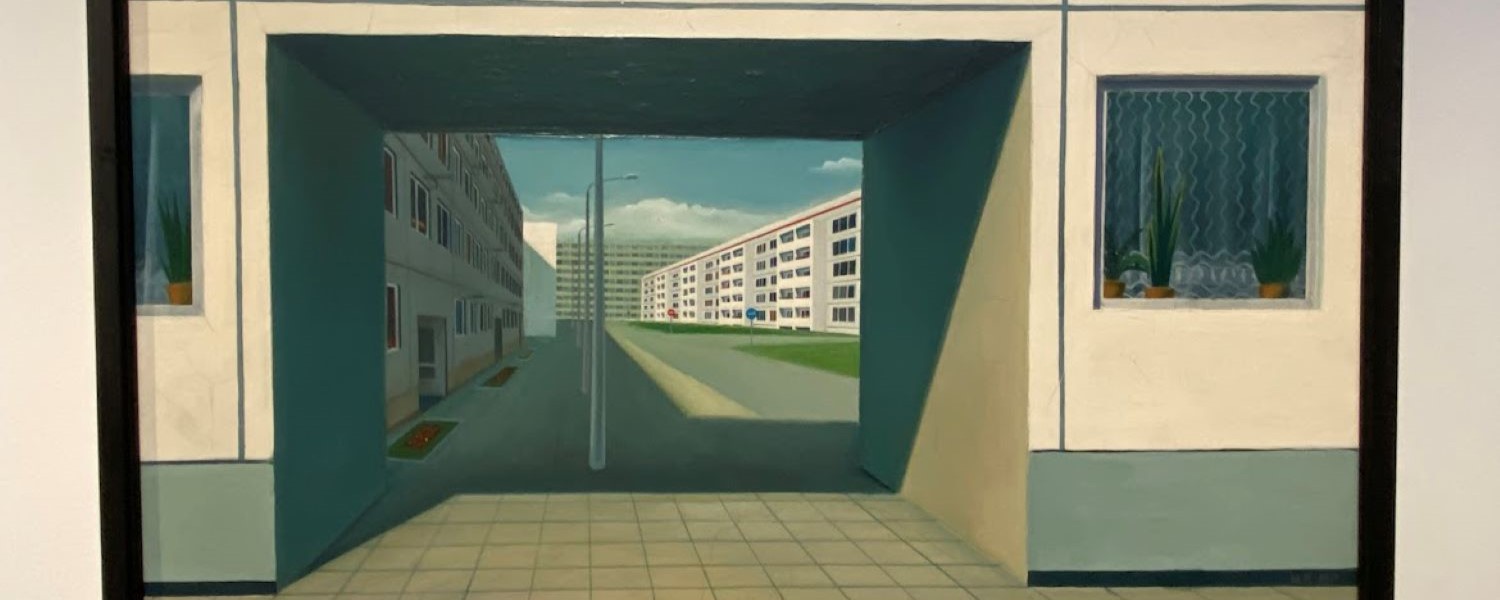At the moment, it seems like hardly a week goes by without the announcement of cuts to funding for arts organisations across the country. In July 2014, it was announced that, due to changes in the way it distributes its funding, Arts Council England would be reducing the amount of annual funding it provides to the English National Opera by 29%. On top of this, 33 organisations were informed that their funding would be stopped altogether, and 670 that the amount they receive would be frozen for the time being.
Cuts across the regions
The picture is similar across the country. In October, it was revealed that Arts Council Wales’ 2015/16 budget would be reduced by £300,000 on the previous year. The Arts Council of Northern Ireland is facing an 11.2% reduction in its own budget for the year ahead. And in Scotland, more than half of the organisations, including the Scottish Youth Theatre, who applied to Creative Scotland for long-term funding at the end of 2014 had their bids turned down.
Reactions to these announcements have been widely negative, from the public, leading arts figures and the organisations themselves. Accepting a theatre award last week, the actor David Tennant argued that providing funding to the UK creative industries is an “investment” rather than an “expense”, and that “the arts bring in so much more money to this economy than they take out”.
This was backed up a couple of days later in a report published by the Warwick Commission, Enriching Britain: Culture, Creativity and Growth, after a year-long examination of the UK creative arts sector. According to the Commission, the sector represents 5% of the total UK economy, valued at £76.9 billion.
Despite this, the sector presently receives just 0.3% of public spend annually, a figure which many involved in the sector expect will only decrease; new analysis carried out for the London School of Economics has predicted that English local council spending on the arts could fall by as much as 33% over the next five years. In real terms, this would represents a fall in funding of £750 million between 2014 and 2019, making arts the fourth hardest hit service during that period, behind planning, transport and housing.
Unfair distribution?
Aside from the actual amount of funding provided to the arts, another key issue is its distribution across the regions. In October 2014, the House of Commons Culture, Media and Sport Committee published the report of its enquiry into the work of Arts Council England, which criticised the “clear funding imbalance” in favour of London in the Council’s distribution of grants and aid.
Many have argued that this has been an issue for some time; a 2013 report, Rebalancing Our Cultural Capital, argued that of the £320 million allocated by Arts Council England in 2012/13, £20 per capita went to London, with only £3.60 per head given to the rest of England.
Separate analysis of Arts Council England’s national investment plans for 2015-2018 by GPS Culture, Hard Facts to Swallow, placed the overall balance of investment from the Council’s grant-in-aid and lottery income streams over this period at 4.1:1 in London’s favour. According to this analysis, £689 million (43.4%) will be invested in the London arts scene, providing a per capita return of £81.87 per head of population (php); £900 million will be provided for arts in the rest of England, generating a per capita return of £19.80 php.
Things can only get….worse?
Should there be a change in government at the upcoming general election, it doesn’t look like this will improve the funding situation for the arts. In January this year, the Labour Party was criticised for ‘bragging’ that it wouldn’t reverse the arts funding cuts announced by the coalition government, should it gain office in May. Although she has criticised cuts to arts funding imposed by the current government in the past, the deputy Labour leader Harriet Harman indicated that as “this government has failed on living standards and failed on the deficit”, a future Labour Government would be unable to reverse all of their decisions made regarding cuts going forward, including on arts.
In the meantime, many UK arts organisations are turning to an alternative means of financing their projects: crowdfunding. The last few years have seen many filmmakers and musicians across the world turn to platforms such as Kickstarter to get their projects off the ground, and last year The Art Fund launched its own platform, Art Happens, to help UK museums and galleries raise money for creative projects. Through this, it is intended that British museums will be able to continue to present the innovative projects which they, and the entire UK arts sector, are globally renowned for.
This article was originally published on 3 March on the Idox Grantfinder expert blog.
We are Europe’s leading provider of grants and policy information and have been providing support to UK organisations since 1985.
Share
Related Posts
“Artists have embraced the street and the built environment as integral to their work and practice, individual pieces reflecting context and location as surfaces become living canvases, rehumanizing the urban landscape.” – Asli Aktu: Shaping Places Through Art “In the ....
The World Health Organisation (WHO) has estimated that over 1 billion people are living with some form of disability worldwide – that’s about 15% of the world’s total population. And, with trends in life expectancy and the prevalence of chronic ....
From everyone at The Knowledge Exchange and our parent company Idox, we’d like to wish you a very Happy Christmas, and all good wishes for 2022. The enquiries service of The Knowledge Exchange will close on 24 December, and reopen ....


